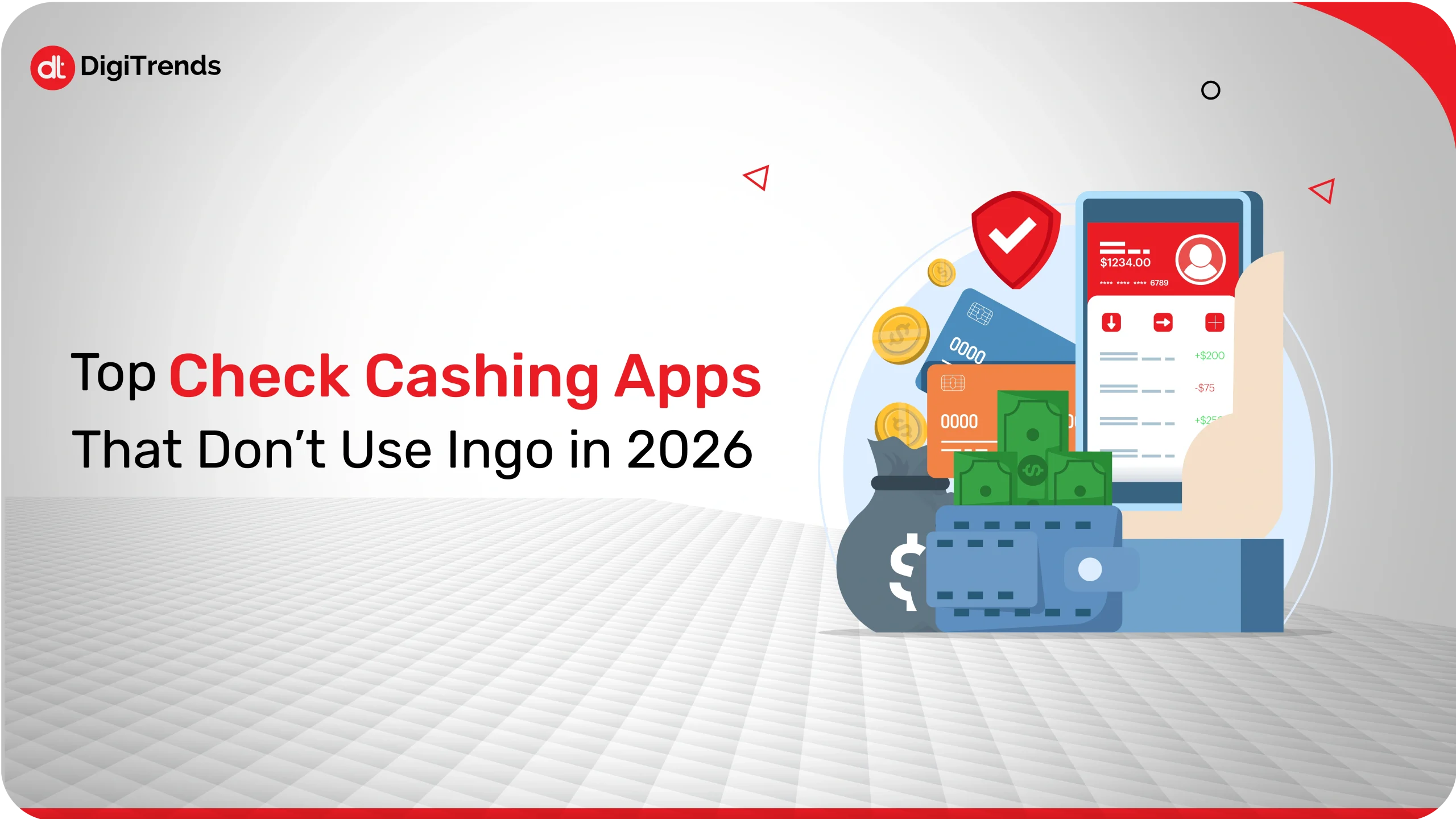
Top Check Cashing Apps That Don’t Use Ingo in 2026
Looking for an app where you can find a mobile check deposit with instant funds availability?. Explore the best check cashing apps in 2025.
Continue Reading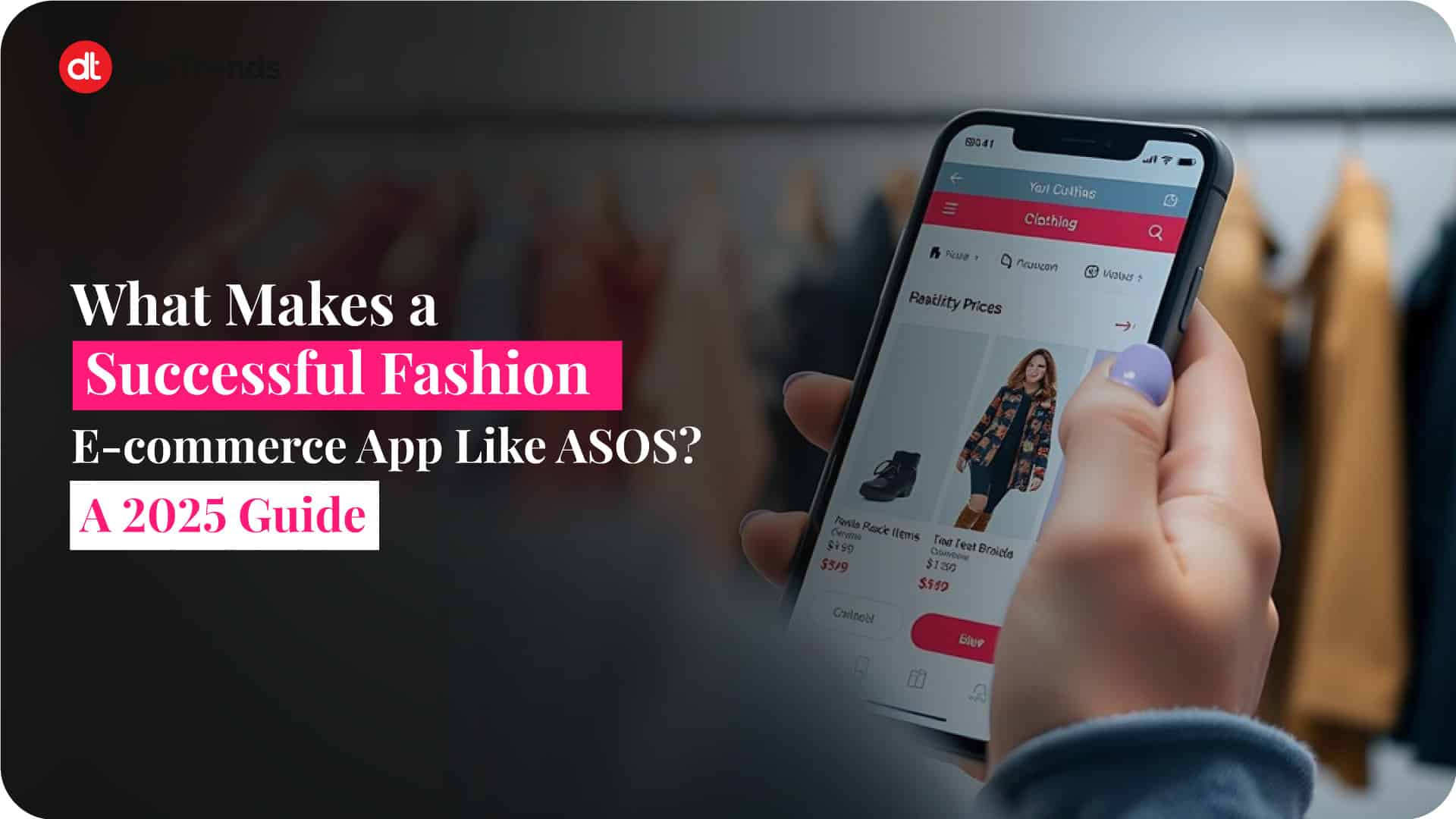
Have you ever signed up for an app and from the first minute felt this was for you? Today, apparel e-commerce is growing faster than ever as more and more consumers turn to mobile apps for their online shopping needs. According to Statista, the e-commerce market revenue will grow at an 8.02% CAGR and reach $5.8tn by 2029.
It can be said that the fate of a brand is decided by an e-commerce fashion app in this highly digital and competitive world. By incorporating innovative functionalities, a customer-centric strategy, and a seamless user experience, the online fashion retail application market leader ASOS has raised the bar for all other online fashion retailers and competition in the fashion e-commerce platform market is fiercer than ever as we move towards 2025.
Taking development practices from ASOS as a reference, the blog will discuss the main features of building up an e-commerce fashion app. With these pieces of advice, you can keep up with continually changing fashion app development no matter if you are creating an application for an online clothing store or enhancing an already existing e-commerce app.
Perhaps the most important part the process is to understand the wants and requirements of the user when it comes to developing any fashion e-commerce platform.
ASOS uses an AI-driven algorithm to personalize the customer experience. Personalization is the key. By personalizing content to each customer, they feel valued and understood. Personalization can be done by studying customer’ past browsing history, their likes and dislikes of the particular collection, and their purchases. By adding a touch of personalization, you can create a seamless and enjoyable experience for customers, and this will ultimately lead to generating more sales.
A visually attractive interface and easy navigation in your online clothing store gives a good impression. Optimize the loading time of the website so the bounce rate will be reduced. Add accessibility features like favorites or wishlist’s to cater to customers for future purchases.
Keeping engaged with your existing customers will not only help to foster relationships with your existing customers but also help to generate steady revenue.
Leveraging the advancement in technology is the cornerstone of any e-commerce fashion app development project. Below are some tools and technologies that will differentiate your online fashion retail app from the rest.
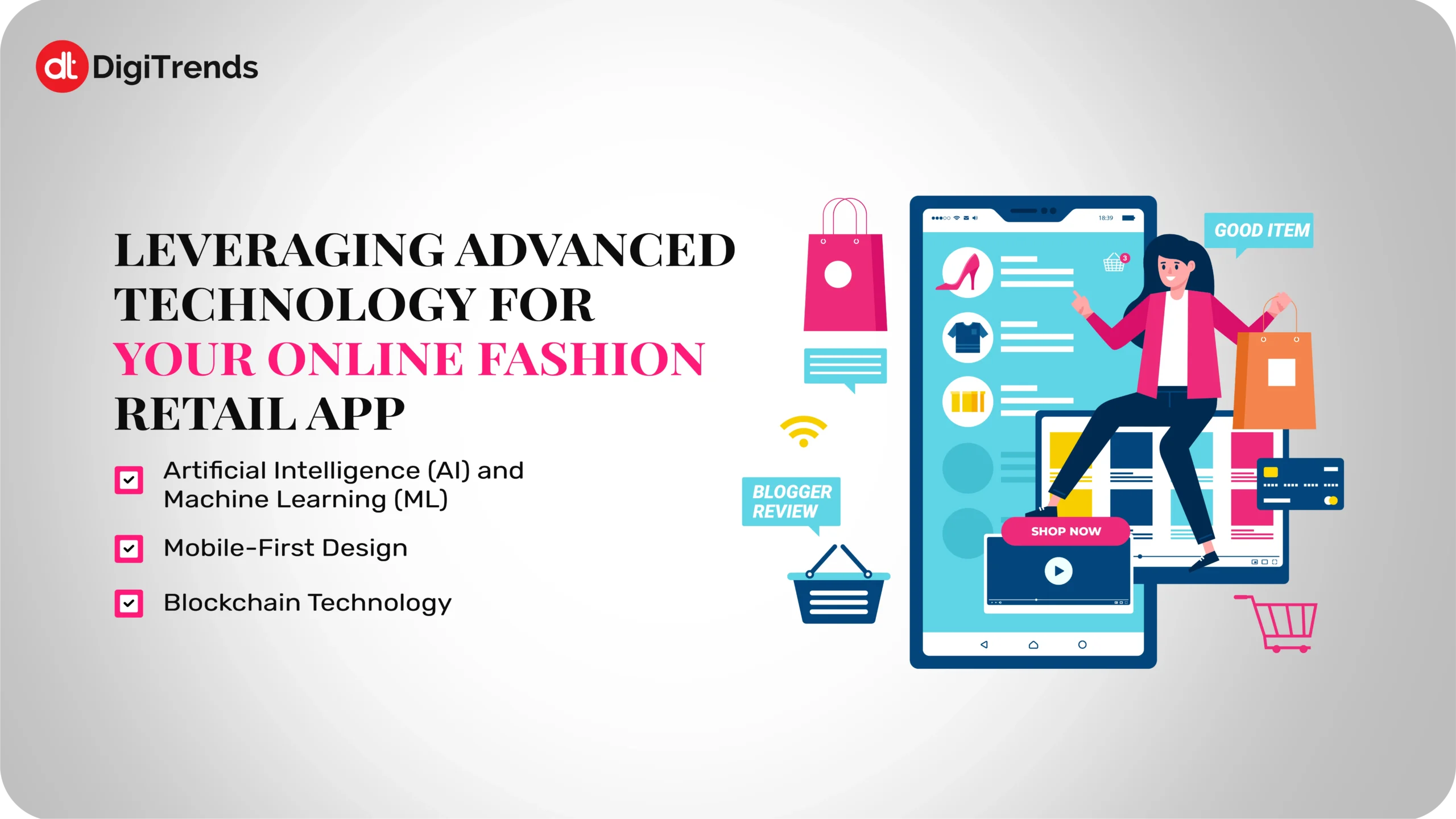
By utilizing advanced technology like AI and Machine learning, you can make your customers’ shopping experience more enjoyable.
ML Kit, Turi Create, Vision PyTorch, PyTorch Mobile, Core ML, TensorFlow, TensorFlow Lite, and Keras are a few of the well-known AI frameworks for iOS and Android development.
The mobile-first strategy is crucial in developing an e-commerce fashion app. As we are in this digital era, most purchases are done through mobile phones. Ensuring that it works on both tablets and smartphones enhances accessibility and makes the shopping experience smooth.
The main objectives of a mobile-first design must be responsive UI/UX elements, fast loading times, and easy-to-use navigation. Features that can greatly increase user engagement include voice search capabilities, gesture-based controls, and one-tap purchasing. Using a progressive web app (PWA) strategy can also guarantee that the application runs smoothly even with a weak network, enhancing the user experience in general.
Blockchain technology is revolutionizing the online retail industry. ASOS guarantees safe transactions by leveraging blockchain technology. This removes middlemen and increases productivity.
Additionally, blockchain improves supply chain management transparency. To make sure they are buying authentic, ethically sourced fashion items, customers can monitor the authenticity of products. This increases the brand’s authority in the marketplace and fosters consumer trust.
Integrating blockchain technology can help an e-commerce fashion app stand out from the competition by providing safe, verifiable, and reliable transactions.
A successful online clothing store app needs a robust backend infrastructure that can handle a large amount of data and does not crash in peak times. ASOS app development is based on the model that it cannot crash during flash sales or big events.
The infrastructure of the app must be able to scale effectively as an online clothes store expands to handle more user’s product listings and traffic. Cloud-based solutions offer the adaptability needed to handle this kind of growth with ease. Businesses can quickly scale their resources up or down in response to demand when using cloud infrastructure. The app’s ability to swiftly scale up guarantees that it can manage the surge of users without compromising performance or user experience during popular shopping occasions like Black Friday or holiday sales. Businesses can also avoid downtime during crucial periods by utilizing the cloud provider’s auto-scaling features, which automatically modify resources as needed.
With so much customer data now easily available, the Security of this data is also vulnerable. Prioritizing customer data security methods are as follows;
Providing a seamless shopping experience requires seamless integration with third-party services such as payment gateways, logistics companies, and CRM (Customer Relationship Management) systems. An online store can optimize delivery procedures, guarantee on-time delivery times, and give customers real-time tracking information by partnering with reputable logistics companies. CRM systems also enable companies to monitor consumer interactions and customize the shopping experience. Through the optimization and synchronization of every facet of the customer journey, integrating these services guarantees more seamless transactions, effective customer service, and increased customer satisfaction.
ASOS makes sure that their collection is available for everyone. Their fashion e-commerce platform features
ASOS takes pride in its broad selection of brands and products, ensuring that there’s something for everyone. Whether it’s a high-end designer collection, fast fashion, or more affordable everyday options, ASOS provides a range of choices that cater to different tastes, sizes, and budgets. The variety of brands on offer means that consumers can find products that align with their style without being limited to a single label or price point. Offering multiple categories, from casual wear to formal wear, activewear, accessories, and shoes, gives customers the flexibility to shop for all their fashion needs in one place.
As the fashion industry faces increasing scrutiny over its environmental impact, there has been a significant shift toward sustainability and eco-friendly fashion. Consumers are becoming more conscious of the environmental footprint of their purchases, and many prefer brands that prioritize eco-friendly practices. ASOS has responded to this demand by integrating sustainable fashion into its platform. They offer a range of products made from organic or recycled materials and have a dedicated section for eco-conscious brands. Your platform needs to feature products that are ethically sourced and produced, ensuring that customers not only look good but feel good about their purchases.
Additionally, consider offering transparent information about the sustainability efforts behind each product. This could include highlighting brands that use renewable energy in their production processes, those that minimize waste, or those that contribute to social causes through fair labor practices.
ASOS has made significant strides in providing gender-neutral options, giving consumers the freedom to express their identities without feeling confined to traditional gender categories. In addition, adaptive clothing lines for individuals with disabilities have gained popularity, and ASOS offers designs that prioritize comfort, accessibility, and style, ensuring that every customer can enjoy the fashion experience without limitation.
By embracing inclusivity, your platform can expand its customer base and foster a sense of belonging for all shoppers. This is not only a strategic business move but also a reflection of a commitment to social progress and customer empowerment.
A streamlined shopping experience reduces abandoned cart rates and increases conversion rates.
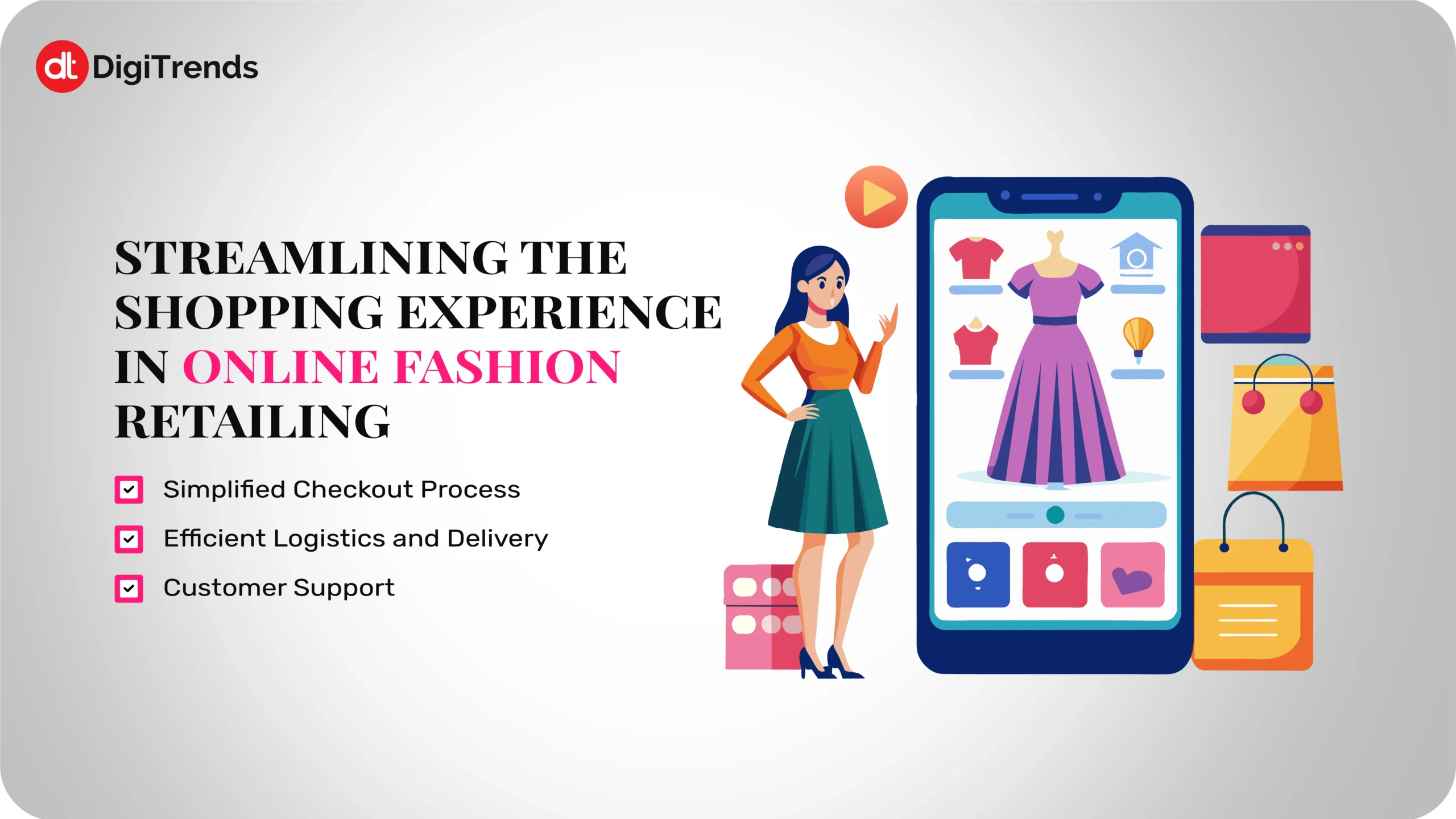
A simplified and hassle-free checkout process is crucial to reducing cart abandonment. If customers encounter difficulties or feel that the process is too lengthy or complicated, they may decide not to complete their purchase. Here are some effective features you can implement to streamline the checkout experience:
One-Click Checkout
One of the most efficient ways to simplify the checkout process is by offering a one-click checkout option. This allows customers to purchase with a single click without needing to fill out long forms or re-enter payment information. Once customers have saved their payment and shipping details, they can proceed to buy items with minimal effort, leading to faster transactions and higher conversion rates.
Multiple Payment Methods
Offering multiple payment options is essential to cater to a wider audience. Customers have different preferences when it comes to how they pay, and providing flexibility in payment methods can help increase conversion rates. Consider integrating payment options such as:
Guest Checkout
Offering a guest checkout option allows customers to complete their purchase without creating an account, which can be a major barrier to conversion for new customers. Some shoppers prefer not to go through the registration process, and guest checkout allows them to bypass that step while still capturing essential order information. This option ensures that customers who want to shop quickly and without commitment can do so with ease.
Fast, reliable shipping and order tracking are fundamental to a positive shopping experience. Customers expect their orders to arrive quickly and without any hassle. To ensure a smooth delivery process, consider the following features:
An efficient logistics and delivery system not only improves customer satisfaction but also fosters repeat business, as customers are more likely to return to a platform that delivers on time and as promised.
Customer support plays a crucial role in ensuring a positive shopping experience and building trust with your customers. Offering multiple support channels can improve satisfaction and retention.
24/7 Chatbot and Human Support
Integrating an AI-powered chatbot into your platform allows customers to receive instant assistance with common queries, such as order status, product details, or shipping options. A chatbot is available at all times, providing immediate help, even during off-hours. However, it’s important to also have human support available for more complex issues that may require personal attention. Offering live chat, email support, or a customer service hotline ensures that customers can reach a real person when needed.
Comprehensive FAQs
A comprehensive FAQ section on your website or app is a must-have for helping customers find answers quickly. By organizing common questions into categories (shipping, returns, product sizing, etc.), customers can easily access the information they need without having to reach out to support. This self-service option is convenient and reduces the load on your customer support team.
Self-Service Options
Adding self-service tools allows customers to manage aspects of their orders, such as tracking shipments, modifying personal information, or initiating returns. A well-designed self-service portal enables customers to resolve issues independently without having to wait for assistance, making the entire process more convenient for them.
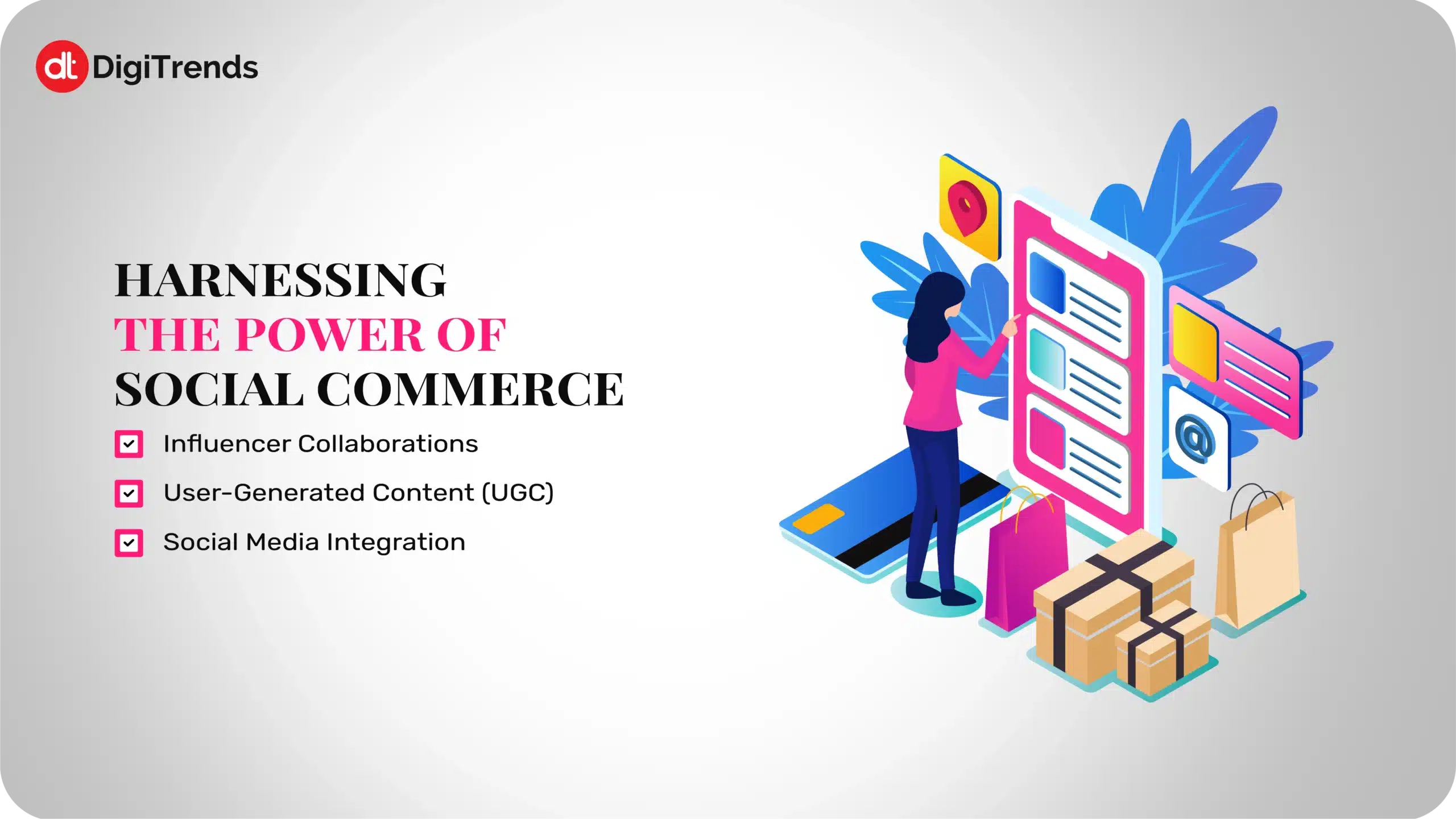
One of the most effective ways to promote your products and reach a larger audience is through influencer collaborations. Influencers have built a dedicated following on platforms like Instagram, YouTube, and TikTok, and their recommendations can carry significant weight with their followers. Partnering with influencers allows you to tap into their established audience base, build brand credibility, and increase awareness of your products.
When selecting influencers to work with, consider factors like:
You can collaborate with influencers in various ways, such as sponsored posts, product reviews, giveaways, or co-branded collections. This not only boosts visibility but also fosters trust with potential customers who may be influenced by the opinions of trusted figures in their social circles.
User-generated content (UGC) is a powerful marketing tool that can significantly enhance your brand’s authenticity and trustworthiness. UGC refers to any content created by your customers, such as reviews, photos, videos, and testimonials. When customers share their experiences with your products, it provides social proof that can influence the buying decisions of potential customers.
To encourage UGC, consider the following tactics:
Integrating UGC into your app or website not only builds a sense of community around your brand but also provides valuable content that can increase trust and improve conversion rates.
customers. Platforms like Instagram, TikTok, and Facebook have become major players in the e-commerce space, offering businesses new ways to engage with customers and drive sales directly from their social media channels.
Shoppable Posts and Stories
Shoppable posts and stories are a great way to bridge the gap between social media and e-commerce. Instagram and TikTok, for example, allow you to tag products directly in posts or stories, making it easier for customers to discover and purchase items without leaving the app. This process is streamlined and frictionless, creating a seamless shopping experience where customers can:
This not only makes it easier for customers to purchase but also increases the likelihood of impulse buying as they discover new products while scrolling through their social feeds. Ensuring that your e-commerce app is integrated with these social platforms helps you capture sales from users who may not have visited your website otherwise.
Social Commerce Tools
Platforms like Instagram have dedicated shopping features, allowing you to create a complete storefront within the app, where users can view all your products, learn more about them, and make purchases. TikTok also allows for social commerce through the TikTok Shop feature, where users can buy directly from videos they watch. Integrating your app with these tools can help increase visibility and drive sales from social platforms.
Additionally, social listening tools can help you track mentions of your brand, analyze customer sentiment, and engage with your audience. This data can provide insights into what your customers are saying about your products, helping you optimize your marketing strategy and respond to customer concerns in real-time.
Understanding customer behavior is a cornerstone of crafting effective marketing strategies. Analytics and insights help identify patterns in customer preferences, purchase behaviors, and interactions with your products. By studying this data, you can adjust your strategies to better meet customer needs, improve customer retention, and increase conversion rates. Additionally, using tools like Google Analytics or Heatmaps can reveal which aspects of your website or app users engage with the most, providing valuable data to fine-tune your marketing efforts.
A/B testing, or split testing, is a powerful tool for evaluating the effectiveness of various app features, advertisements, or marketing strategies. By testing two or more variations of a given element, businesses can determine which version resonates best with their target audience. This process helps fine-tune user experience, optimize conversion funnels, and improve overall engagement. For example, you might test different ad copy, landing pages, or even product designs to see which version generates better results.
Customer feedback is invaluable in shaping products and services that genuinely meet the needs of users. Implementing regular feedback loops, such as surveys, focus groups, or in-app rating systems, ensures that businesses are continuously gathering insights directly from their audience. These feedback mechanisms provide essential data that can be used to iterate and improve products, resolve pain points, and enhance the customer experience. By actively listening to your users, you show them that their opinions matter, which helps build trust and long-term loyalty.
Keeping up with the latest trends and incorporating them into an e-commerce fashion app is crucial for staying competitive. Trend analysis, consumer behavior insights, and AI-driven fashion recommendations help brands predict future trends and offer the most relevant products to their audience. By integrating real-time data analytics, fashion apps can adapt to seasonal changes and customer preferences, ensuring a dynamic and appealing inventory.
Here are some of the latest trends you can try in your fashion store:
Leveraging emerging technologies like Virtual Reality (VR) and AI can create immersive shopping experiences that captivate customers. Brands can develop virtual showrooms where users can explore collections in a lifelike 3D environment. AI-driven chatbots and recommendation engines can further enhance engagement by providing personalized assistance and styling suggestions.
Influencer marketing and user-generated content also play a crucial role in driving brand awareness. Collaborating with fashion influencers, offering exclusive app-only deals, and integrating shoppable video content can significantly boost conversion rates. Additionally, email marketing automation, push notifications, and AI-powered retargeting campaigns help maintain customer retention and drive repeat purchases.
By integrating these innovative marketing strategies, a fashion e-commerce app can create a compelling and engaging shopping experience that keeps customers coming back.

In the ever-evolving world of e-commerce fashion app development, staying ahead requires a blend of innovation, user-centric design, and advanced technology. The ASOS app development strategy serves as an excellent example of how to create a successful online fashion retail app. By focusing on personalization, inclusivity, and seamless user experiences, your e-commerce fashion app can thrive in 2025 and beyond. Whether you’re building an online clothing store app or enhancing your mobile commerce app development project, these insights will help you create a standout e-commerce fashion app solution that resonates with modern consumers.
Personalization is essential by customizing offers content and product recommendations to each customer’s preferences.
Fashion e-commerce apps can benefit from increased efficiency, security, and transparency because of blockchain technology. It lowers the risk of chargebacks and fraud by offering a decentralized ledger system. Blockchain also increases the transparency of the supply chain, enabling consumers to confirm the legitimacy and ethical sourcing of goods.
Offering several payment methods, facilitating guest checkout, and streamlining the checkout process can all help in reducing cart abandonment rates. Additionally, features like flexible delivery options, real-time order tracking, and one-click checkout enhance the shopping experience and lower abandonment rates.
Sustainability is becoming more and more significant as consumer’s awareness of environmental issues grows.